
Micah Niphakis
@mjniphakis
Chemical biologist @ LLJRC | Covalent ligands, chemical probes, target engagement, chemoproteomics | Tweets are my own
ID: 996587253211148289
16-05-2018 03:04:51
507 Tweet
545 Followers
666 Following


The Cravatt Lab, with Bruno Melillo and Evert Njomen, identified novel proteins that could be targeted to delay or even prevent #cancer cell division. Published in Nature Chemistry, this study paves the way for developing innovative cancer therapies. More: ow.ly/jaWL50TeCWB
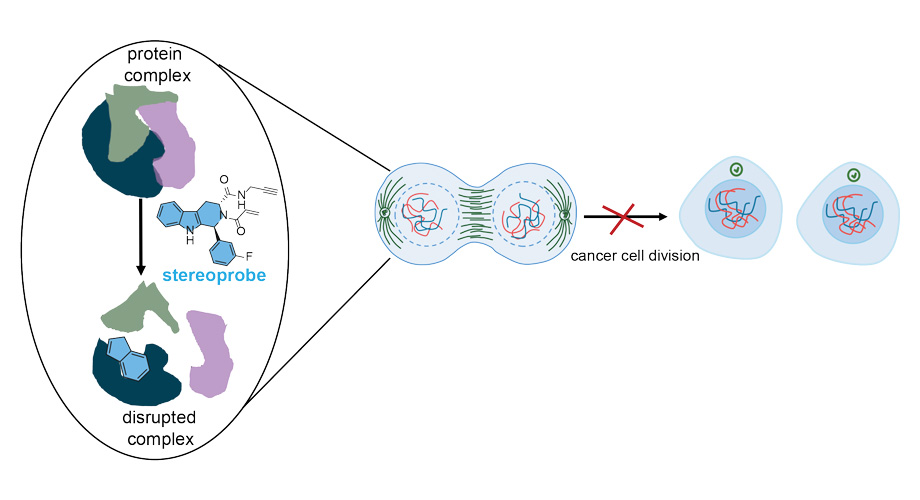


Excited to share this CellChemicalBiology Review I wrote with Ben Cravatt highlighting recent applications of ABPP for ligand discovery. We highlight the expansion of ABPP beyond enzyme active sites with a special focus on covalent ligands. Enjoy! tinyurl.com/48cyaj6d

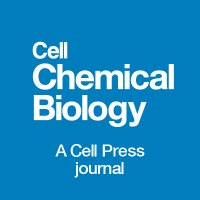
#Review Ligand discovery by activity-based protein profiling by Micah Niphakis and Ben Cravatt at Lundbeck La Jolla Research Center Inc. and Scripps Research dlvr.it/TDTXhF
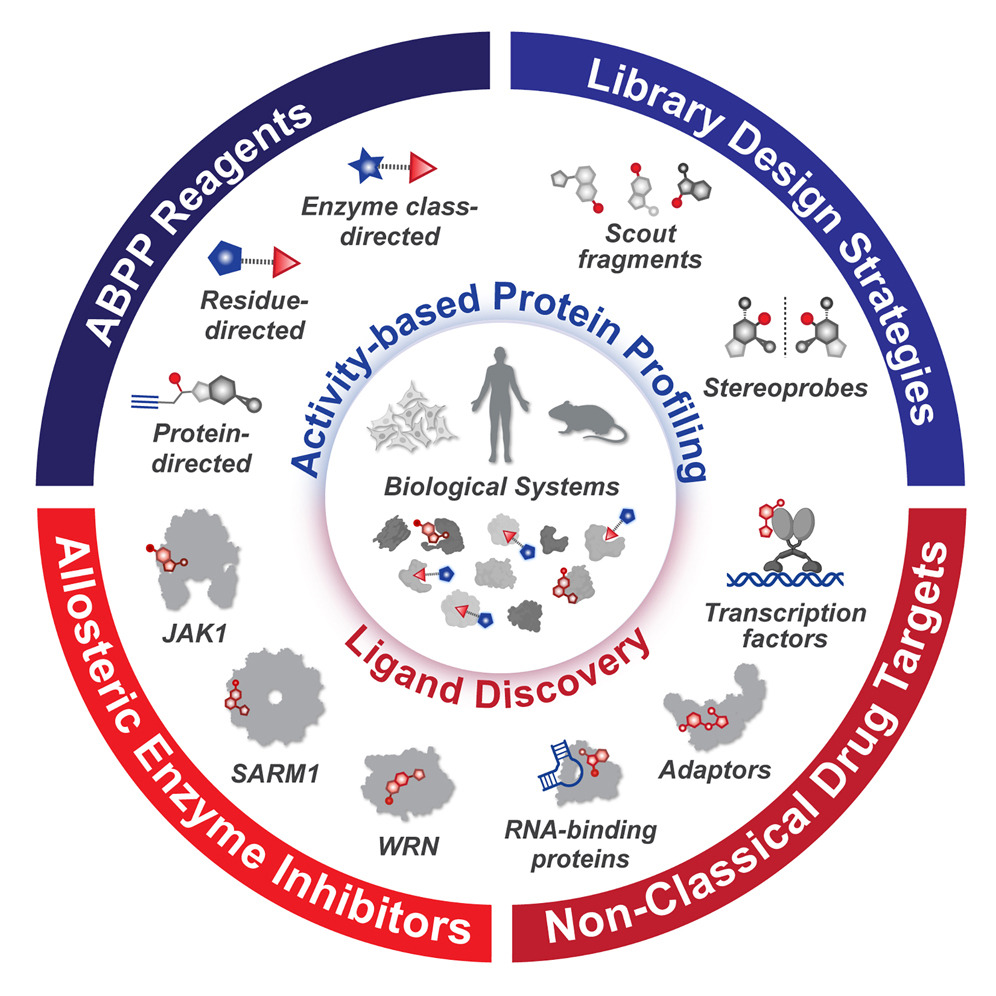


the first project of my PhD is now out J. Am. Chem. Soc. ! super proud to introduce ABAP (my first acronym!) and share our findings on how lysine acetylation modulates protein function & interactions. so surreal to see this in print pubs.acs.org/doi/10.1021/ja…

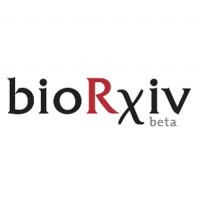

Open season on FOXA1! Our paper with the Cravatt group is out today in Molecular Cell. Please check out the updated data, including a new discovery that FOXA1 ligands mirror the effects of a nearby prostate cancer mutation. authors.elsevier.com/a/1jxLO3vVUPRn… (1/2)


Check out our recent Opinion in Trends in Pharmacological Sciences on chemical proteomic binding site determination for non-covalent compounds


Thrilled to share our new study in Nature Chemical Biology describing the proteome-wide impacts of electrophile stress in the context of covalent fragments. Big congratulations to first authors Ashley Julio Ashley Julio and Flowreen Shikwana Flowreen Shikwana ! 1/5 nature.com/articles/s4158…

Pioneer TFs have long been considered "undruggable" 💊 🧬 However, Scripps Research teams led by Ben Cravatt and Michael Erb have elegantly developed a first-in-class ligand for the pioneer TF FOXA1. In Molecular Cell, we commented on this groundbreaking work:
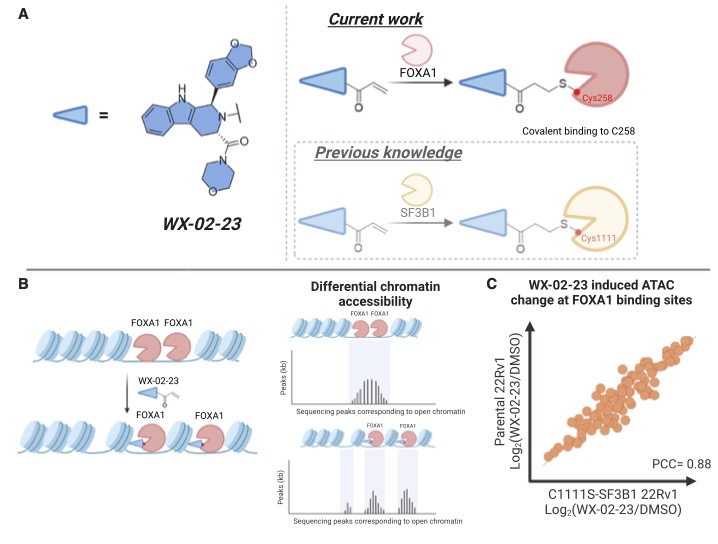

Awesome paper from Jack Taunton’s lab UC San Francisco : Mutant-selective AKT inhibition through lysine targeting and neo-zinc chelation | Nature nature.com/articles/s4158…

Interesting paper by the group of Michael Bollong of Scripps Research in J. Am. Chem. Soc.. A high-throughput assay for cysteine-reactive electrophiles based on luciferase activity allows identification of azetidinyl oxadiazoles as cysteine-reactive electrophiles. pubs.acs.org/doi/10.1021/ja…

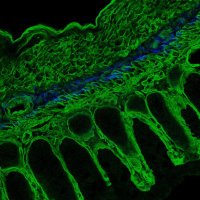
(1/5) Excited to share this collab with the Cravatt lab at Scripps Research! A structurally diverse library of photoreactive, stereoselective chemical probes can be used for high-throughput #proteomics experiments in living systems. authors.elsevier.com/c/1k5v78jWWJxM…

Online now! Chemical tools to expand the ligandable proteome: Diversity-oriented synthesis-based photoreactive stereoprobes by Daisuke Ogasawara, Bruno Melillo, Ben Cravatt, et al at Scripps Research Broad Institute Harvard Medical School dlvr.it/TGFYHz

Excited to see the final version of our manuscript out in CellChemicalBiology! In this study, we investigate the mechanism of action of an immunosuppressive small-molecule electrophile, which targets a core splicing factor SF3B1! Rockefeller University authors.elsevier.com/a/1k9mh8jWWJxM…

Online now! Covalent targeting of splicing in T cells by Kevin A. Scott, Hiroyuki Kojima, Nathalie Ropek, Ekaterina V. Vinogradova Katya Vinogradova and colleagues at Rockefeller University TPCB Weill Cornell Medicine Memorial Sloan Kettering Cancer Center Scripps Research dlvr.it/TGR63y #chembiol


